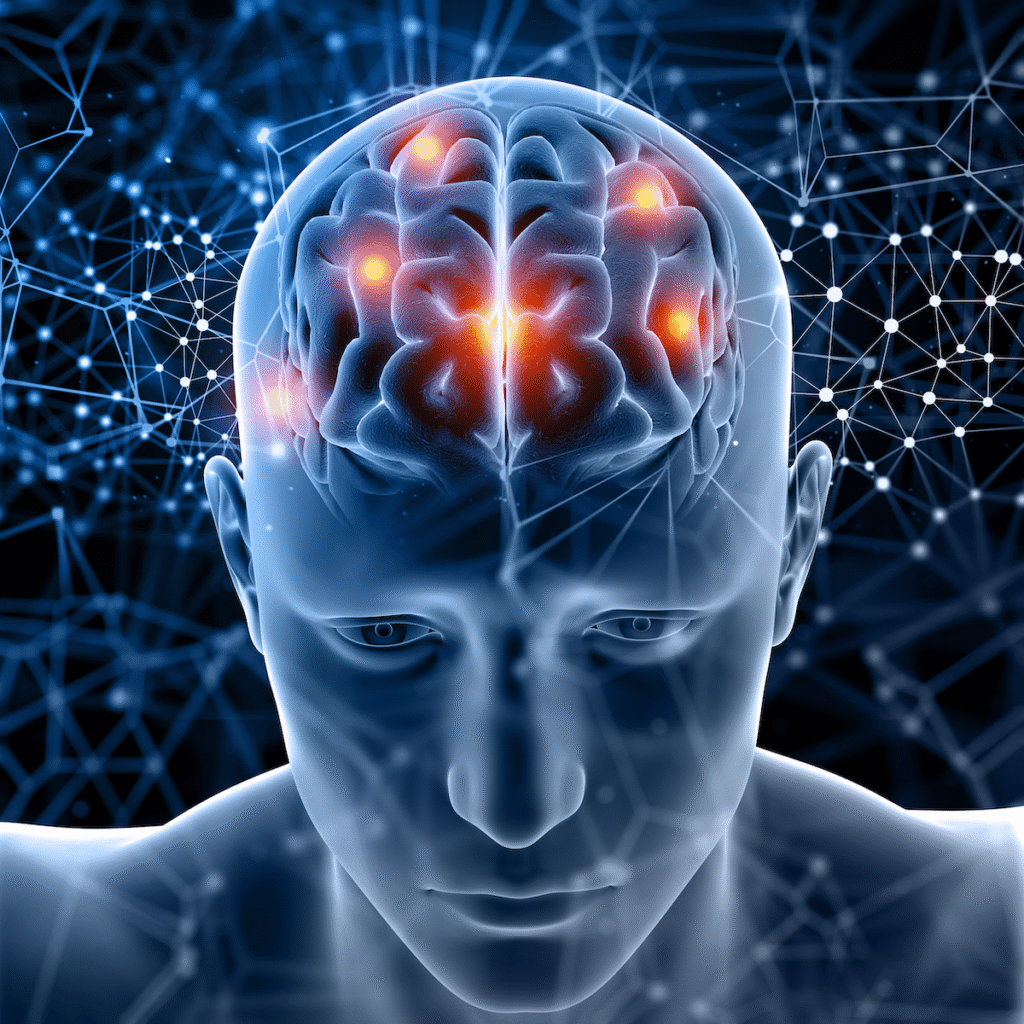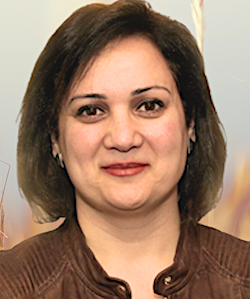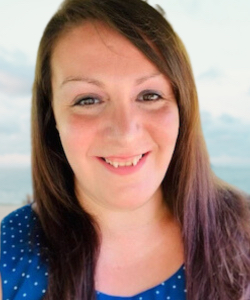Mood Disorders: The Silent Struggle
Mood disorders are one of the most common yet misunderstood mental health conditions in the world.
While millions silently struggle, many go undiagnosed due to stigma, lack of awareness, or misinterpreting symptoms as “just a phase.”
Understanding mood disorders is not just a medical necessity – it is a social responsibility.
In this post, we’ll explore what mood disorders are, why they often go unnoticed, who they affect, the signs to look out for, and the treatments that can make recovery possible.
What Are Mood Disorders?
Mood disorders are a category of mental health conditions that primarily affect a person’s emotional state.
People with mood disorders experience prolonged and intense emotional states—either depressive, manic, or a combination of both—that interfere with their ability to function in daily life.
Here are some common types of mood Disorders:

Major Depressive Disorder
Major Depressive Disorder (MDD) also known as clinical depression, is one of the most common and serious mental health conditions worldwide. It goes far beyond occasional sadness or stress and can impact a person’s ability to work, sleep, eat, and enjoy life.
According to the World Health Organization (WHO) and National Institute of Mental Health (NIMH):
Over 280 million people globally suffer from depression
In the U.S. alone, more than 21 million adults experienced at least one major depressive episode in the past year
Depression is the leading cause of disability worldwide
MDD can occur at any age, but it most often begins in the late teens to early 30s.
MDD is characterized by:
- Persistent sadness or emptiness
- Fatigue or low energy
- Loss of interest in hobbies or social activities
- Changes in appetite or weight
- Sleep disturbances (insomnia or oversleeping)
- Difficulty concentrating
- Feelings of worthlessness or excessive guilt
- Thoughts of death or suicide
What causes major depressive disorder?
There’s no single cause of MDD, but contributing factors can include genetics (family history of depression), brain chemistry imbalances, trauma or stress, chronic illness or pain, and hormonal changes.
While anyone can develop MDD, certain groups are at higher risk:
Women are nearly twice as likely as men to be diagnosed
Young adults and teenagers, particularly those facing academic, social, or family pressures
People with a family history of depression or other mood disorders
Individuals experiencing trauma, abuse, or chronic stress
Those with chronic illnesses, such as diabetes, heart disease, or chronic pain
Depression doesn’t discriminate—it can affect people of any race, gender, income level, or background.
The good news is that MDD is treatable. Common treatments include:
- Psychotherapy (especially Cognitive Behavioural Therapy)
- Antidepressant medications (like SSRIs or SNRIs)
- Lifestyle changes (exercise, nutrition, sleep hygiene)
- Support groups and peer counselling
In some cases, alternative treatments like Transcranial Magnetic Stimulation (TMS) or Ketamine Therapy may be recommended.
Major Depressive Disorder is not a sign of weakness but it is a serious but treatable condition.
With early diagnosis and the right treatment plan, many people go on to live healthy, fulfilling lives.
Bipolar Disorder
Bipolar disorder is a serious mood disorder that causes extreme mood swings – from emotional highs (mania or hypomania) to intense lows (depression). These shifts can affect energy, activity levels, sleep, judgment, and the ability to carry out daily tasks.
While bipolar disorder can be challenging, it is treatable, and many people live stable, productive lives with the right care.
Formerly known as manic-depressive illness, bipolar disorder includes episodes of:
- Mania – Elevated mood, high energy, reduced need for sleep, impulsive behaviour
- Depression – Persistent sadness, fatigue, hopelessness, loss of interest
There are several types, including:
- Bipolar I Disorder – At least one manic episode, possibly followed by depressive episodes
- Bipolar II Disorder – One or more depressive episodes and at least one hypomanic episode
- Cyclothymic Disorder – Frequent mood swings that are milder than full mania or depression

Manic/Hypomanic Symptoms include:
- Increased energy or restlessness
- Talking quickly or racing thoughts
- Inflated self-esteem
- Risky behaviour or poor decision-making
Depressive Symptoms include:
- Ongoing sadness or hopelessness
- Sleep issues (too much or too little)
- Low energy and motivation
- Difficulty concentrating
- Suicidal thoughts
Bipolar disorder requires long-term management, typically involving mood-stabilizing medications, psychotherapy (especially CBT), routine and lifestyle changes (sleep, stress reduction, exercise) and support groups or family therapy.
Bipolar disorder is manageable, and many individuals lead full, meaningful lives with proper treatment.
Dysthymic Disorder
Dysthymic Disorder, now clinically referred to as Persistent Depressive Disorder (PDD), is a long-term form of depression that can significantly affect daily life.
Unlike major depression, the symptoms of dysthymia are less severe but more chronic, often lasting for two years or more.
Although individuals with dysthymic disorder may be able to manage day-to-day responsibilities, they often feel consistently low, fatigued, or unmotivated—making it one of the most overlooked mood disorders.
Key Symptoms of Dysthymic Disorder include:
Persistent sadness or low mood
Low self-esteem
Fatigue or lack of energy
Difficulty concentrating
Changes in appetite (overeating or loss of appetite)
Sleep disturbances (insomnia or excessive sleep)
Feelings of hopelessness
These symptoms often become so constant that individuals may view them as part of their personality or “just the way they are.”
While the exact cause is unknown, factors that may contribute include family history of depression or mood disorders, chronic stress or trauma, chemical imbalances in the brain, and in some cases, co-occurring mental health conditions (like anxiety disorders).
Dysthymic disorder is treatable, and many people find relief with a combination of:
Antidepressant medications (such as SSRIs)
Lifestyle changes (regular exercise, healthy diet, sleep hygiene)
Support groups or talk therapy
Early diagnosis and consistent treatment can significantly improve quality of life.
Dysthymic disorder may be less intense than major depression, but its long-lasting impact can be just as serious.
Seasonal Affective Disorder
As the days get shorter and colder, many people notice changes in their mood and energy levels. For some, these seasonal changes lead to a form of depression known as Seasonal Affective Disorder (SAD).
SAD is a type of depression linked to the change in seasons, most commonly beginning in the fall and continuing through winter. It’s more than just the “winter blues” — it’s a serious mood disorder that affects your daily life and mental health.
Common symptoms of SAD often mirror those of major depression and typically occur around the same time each year:
- Persistent low mood or sadness
- Loss of interest in usual activities
- Fatigue or low energy
- Oversleeping and difficulty waking up
- Cravings for carbohydrates and weight gain
- Difficulty concentrating
- Feelings of hopelessness or worthlessness
The exact cause of Seasonal Affective Disorder is not fully understood, but several factors may contribute:
- Reduced sunlight exposure, affecting the body’s internal clock (circadian rhythm)
- Drop in serotonin levels, a brain chemical that influences mood
- Disruption in melatonin, which helps regulate sleep and mood
SAD is more common in northern climates where daylight hours are significantly reduced during fall and winter.
The good news is that SAD is treatable, and symptoms often improve with the right support. Common treatment options include:
- Light therapy (phototherapy): Sitting near a light box that mimics natural sunlight
- Cognitive Behavioural Therapy (CBT): Helps manage negative thoughts and behaviors
- Antidepressant medications: Often prescribed if symptoms are severe
- Lifestyle changes: Exercise, healthy diet, sleep routines, and spending time outdoors
If you notice your mood shifts with the seasons, you’re not alone.
Seasonal Affective Disorder is real and manageable. With early recognition and proper treatment, you can reclaim your energy and emotional well-being – even in the darkest months.
The Role of Counselling and Psychotherapy
1. Understanding the Root Causes
Therapy helps individuals explore underlying factors that may contribute to their mood disorder—such as past trauma, unresolved grief, chronic stress, or negative thought patterns. This self-awareness is often the first step toward healing.
2. Learning Coping Strategies
Counsellors and psychotherapists teach effective tools to manage mood fluctuations, stress, and emotional triggers. These may include breathing techniques, journaling, cognitive reframing, and grounding exercises.
3. Challenging Negative Thinking
Through Cognitive Behavioral Therapy (CBT), clients learn to identify and reframe distorted thoughts that contribute to depression or anxiety. This can significantly improve mood and self-esteem over time.
4. Providing a Safe, Non-Judgmental Space
Talking to a trained professional allows individuals to express their feelings without fear of stigma or judgment. This emotional release can be both healing and empowering.
5. Improving Relationships
Many mood disorders strain relationships. Interpersonal Therapy (IPT) and family counselling can help improve communication, resolve conflicts, and build stronger support systems.
6. Preventing Relapse
Ongoing therapy helps individuals recognize early warning signs of mood episodes and develop long-term strategies for prevention. Regular check-ins also offer continued support through life’s challenges.

Types of Psychotherapy Effective for Mood Disorders
These are some of more commonly used and effective therapies to treat mood disorders:
- Cognitive Behavioural Therapy (CBT)
Psychodynamic Therapy
Interpersonal Therapy (IPT)
Mindfulness-Based Cognitive Therapy (MBCT)
Each therapy type is tailored to the individual’s needs and the nature of their mood disorder.
Counselling and psychotherapy are powerful tools in the recovery journey from mood disorders. They offer more than just symptom relief—they provide insight, coping skills, and a path to emotional well-being. Combined with medication and lifestyle changes, therapy can transform lives and offer hope for lasting recovery.
If you or someone you love is struggling with a mood disorder, reaching out to us is a courageous and life-changing first step.












